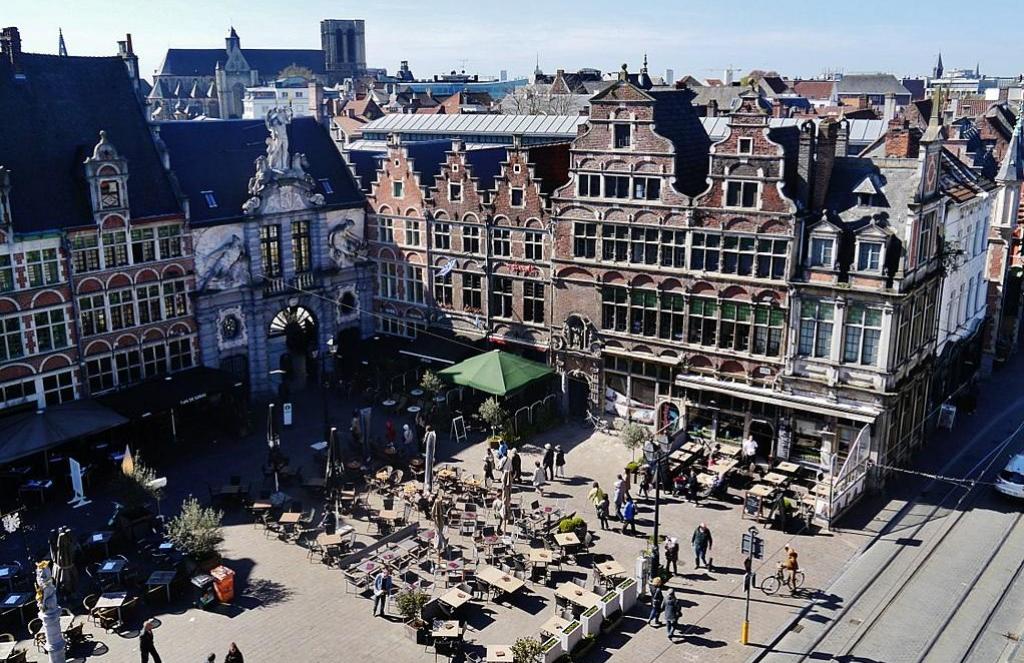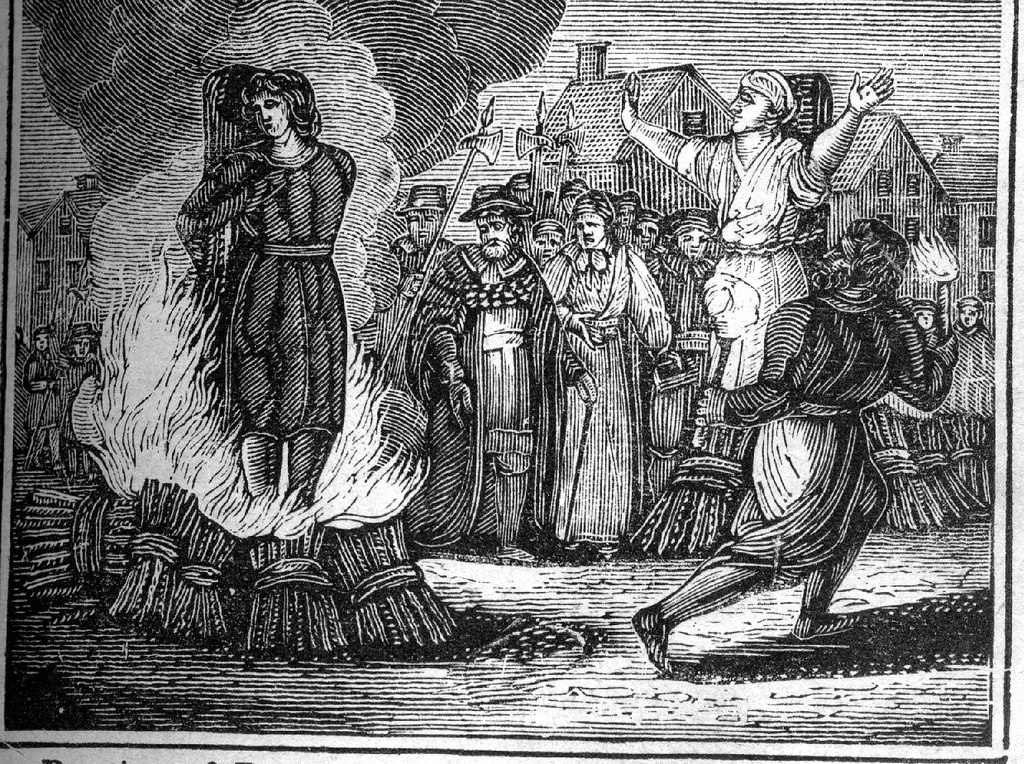Thessaloniki gets ready for its metro launch in November
The underground rapid transit lines have been under construction for almost two decades due to various project delays
 TheMayor.EU logo
TheMayor.EU logo 
This is Sint-Veerleplein in Ghent, where most executions were carried out through the centuries , Source: Zairon on Wikipedia, CC BY-SA 4.0
The first step for local authorities is to identify the names of the victims before restoring their reputation
The City of Ghent, in Belgium, is looking into ways authorities can rehabilitate women that were accused of being witches in the 16th and 17th centuries. According to a recent report from the VRT, a Flemish news outlet, Sami Souguir, Alderman for Culture, Urban Development and Spatial Planning, is looking into the different ways that rehabilitation could take shape.
One of the first steps local authorities need to undertake is to identify the victims, which is no easy task. According to historic records, a total of 200 ‘witches’ were burned at the stake and around 20 people died from torture-related injuries in Flanders in the 16th and 17th centuries.
This period coincided with the peak of the so-called mini-ice age, between the 12 and 19th centuries when Northern Europe saw cold winters. During this time, the Themes River often froze over and crop failures were quite common. Some scholars believe that this is what catalyzed the witch hunts as communities were desperately looking for scapegoats.
Ghent Councilor Anne Schiettekatte explained that many women were accused of having sex with Satan, dancing naked or practising magic. She described the torture, which was common practice at the time, as well as the executions as hate crimes, further strengthening the need to rehabilitate the victims.
One of the institutions taking part in this initiative is the Ghent Historische Huizen, the organisation that manages historic sites in the city, including the old City Hall, the Castle of the Counts, and the Belfry. Currently, they have stated, they are looking into the small square Sint-Veerleplein, where a lot of the executions took place.
There are other cities in Belgium and in Germany that have decided to install commemorative plaques and rehabilitate executed witches in recent times. One prominent example is the Belgian town of Lier, where, in 1590 three women were accused of witchcraft. They were called Anneken Faes Brosis, Anna Cops and Cathelyne Van den Bulcke.
 A woodcut illustrating an execution by burning at the stake from the 19th century
A woodcut illustrating an execution by burning at the stake from the 19th century
Source: mullica on Wikipedia, CC BY 2.0
According to a VRT report, the Mayor of Lier, Rik Verwaest, said that the story started with Anneken Faes, a girl who lived on the margins of society and showed signs of autism, which at the time was considered strange and bizarre. The girl, who was 14 at the time, was tortured by order of the Council of Aldermen of Lier and forced to say who the other witches were. To stop the torture she named Anna Cops and Cathelyne Van den Bulcke.
Only Cathelyne Van den Bulcke was ultimately burned at the stake after she was tortured into confessing that she had sexual relations with the devil for the past six years. She specified that she had relations with him the first time when he took her flying through the air to a remote house and a second time when they returned. Apparently, the devil felt cold.
Despite these tortures and her confession, she refused to designate others, which Mayor Verwaest explains is probably the reason why the witch-hunt stopped with her. In 2021, the city placed a memorial stone in the Grote Markt (Great Market Square), saying "Cathelyne Van den Bulcke from Nijlen was burned here as a witch (+20/01/1590). Because of her courage the Lier witch delusion stopped".

The underground rapid transit lines have been under construction for almost two decades due to various project delays

Now you can get your wine in Talence by paying directly in Bitcoin

That’s because the state has to spend money on updating the railway infrastructure rather than subsidizing the cost of the popular pass

Rethinking renewable energy sources for the urban landscape

The examples, compiled by Beyond Fossil Fuels, can inform and inspire communities and entrepreneurs that still feel trepidation at the prospect of energy transition

Now you can get your wine in Talence by paying directly in Bitcoin

The 10th European Conference on Sustainable Cities and Towns (ESCT) sets the stage for stronger cooperation between the EU, national and local level to fast track Europe's transition to climate neutrality.

At least, that’s the promise made by the mayor of Paris, Anne Hidalgo

The underground rapid transit lines have been under construction for almost two decades due to various project delays

At least, that’s the promise made by the mayor of Paris, Anne Hidalgo

Hostal de Pinós is located in the geographical centre of the autonomous region

Despite its church-y name, the district has long been known as the hangout spot for the artsy crowds

Urban dwellers across the EU are having a say in making their surroundings friendlier to people and the environment.

Forests in the EU can help green the European construction industry and bolster a continent-wide push for architectural improvements.

Apply by 10 November and do your part for the transformation of European public spaces

An interview with the Mayor of a Polish city that seeks to reinvent itself

An interview with the newly elected ICLEI President and Mayor of Malmö

A conversation with the Mayor of Lisbon about the spirit and dimensions of innovation present in the Portuguese capital














